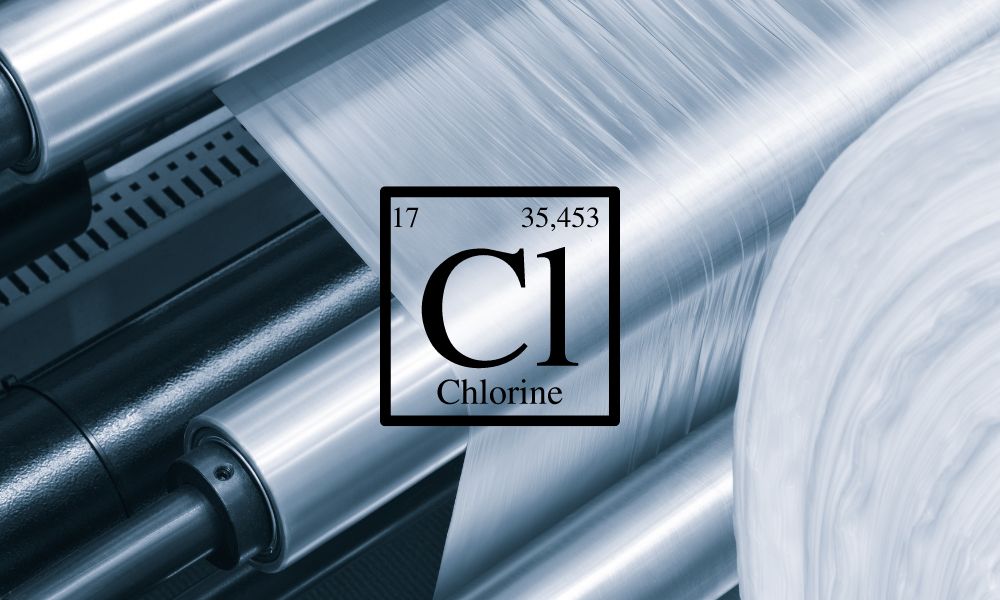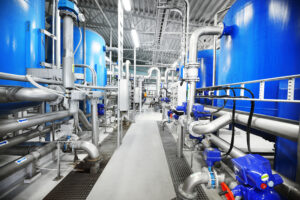Plastic machining is a complex process with different machines and plastics coming together to create various products. The process is highly customizable, changing with each process and product. This can lead to confusion when you hear about things like chlorine being part of the process. To help explain this, here’s how plastic machining uses chlorine when manufacturing products.
Creating New Plastics
While most people know chlorine as the chemical you add to pools, chlorine is the base for chloride. Chloride is a very useful compound in food, plastic, and many other products and items people use daily. In plastic, chloride is a main component for various monomers and plastic blends in products worldwide.
Mixing New Properties
The reason chloride is so important and widespread in the plastic industry is that it mixes well with many other materials. By mixing it with other materials, manufacturers can create plastics with a wide variety of properties that match what they need in their final products. Some mixes are resistant to certain chemicals, while others can handle extreme heat or heavy loads. It all depends on the materials you mix with the chloride monomer, which is why it’s perfect for custom-made plastic parts.
Polyvinyl Chloride
Perhaps the most common use of chloride in plastic is by polymerization in the combination of chlorine and ethylene to make polyvinyl chloride or PVC. PVC is a popular plastic worldwide, and people use it in construction and home projects. Manufacturers will use PVC as a polymer to blend with other materials to create plastics inexpensively. These plastics are versatile and less expensive than other options.
This is how plastic machining uses chlorine, as it’s one of the best bases to make chloride and the various plastics that come from that compound. So the next time you look at plastic machining and wonder why it’s using chlorine, you’ll know it’s working with one of the most useful elements to make quality plastics.




